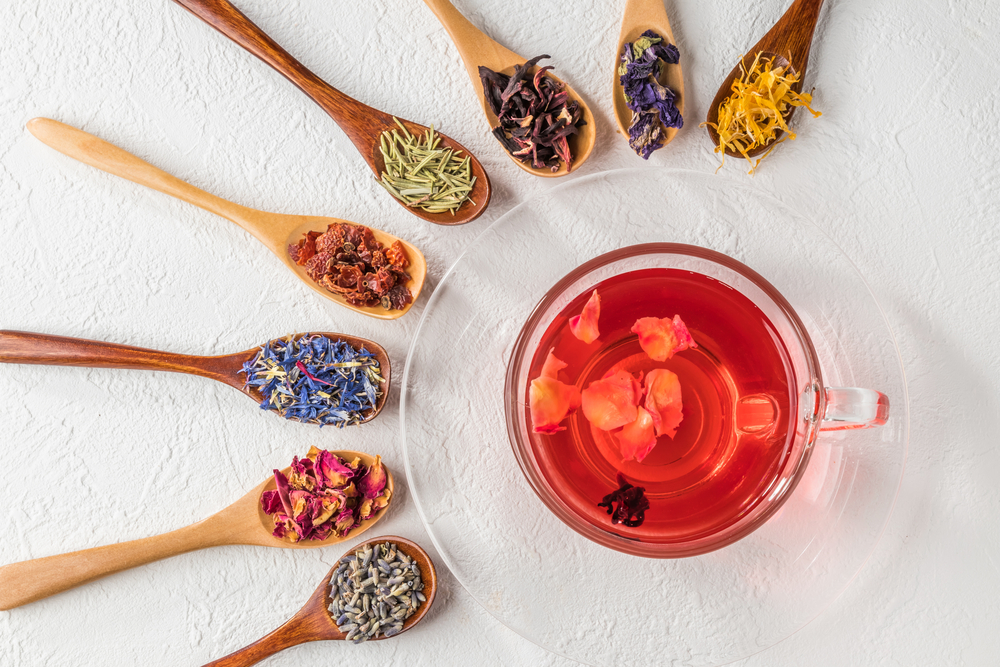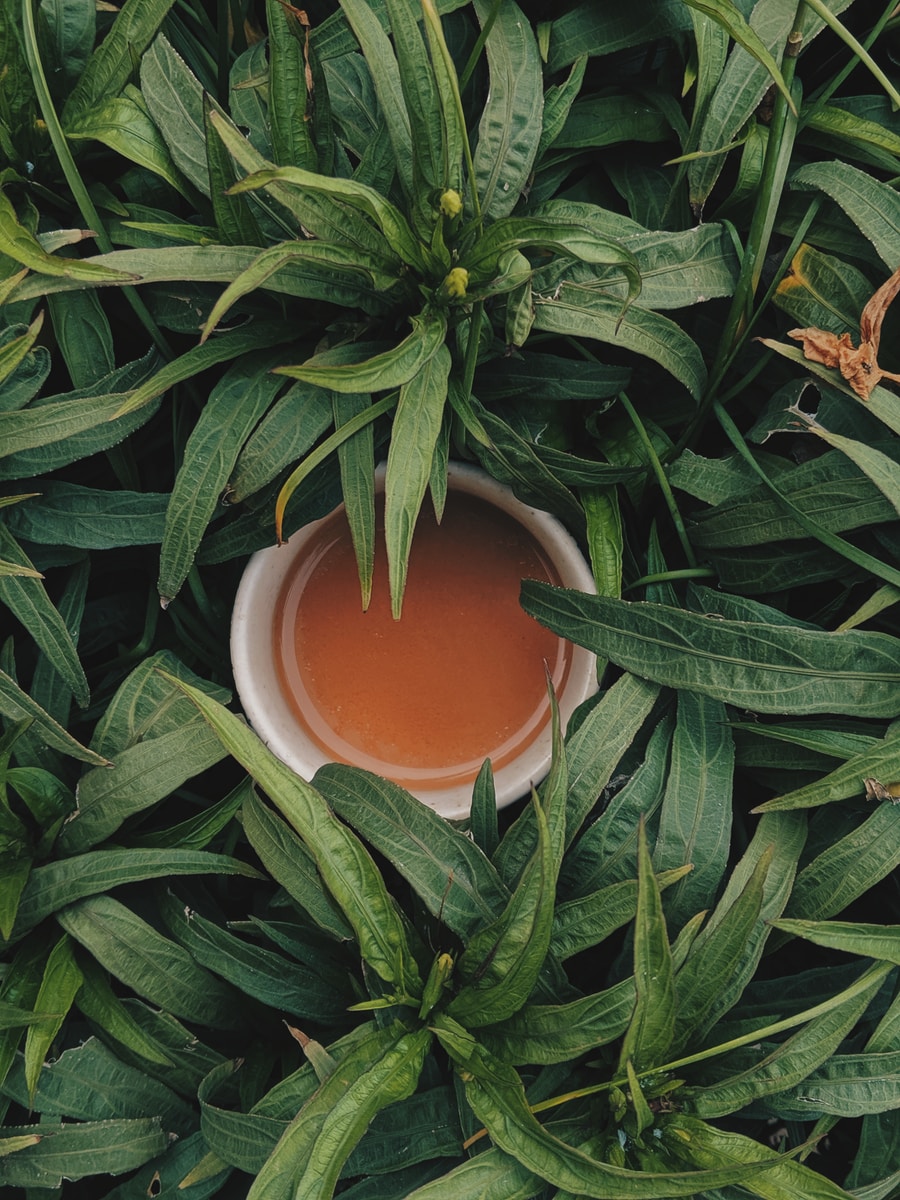Down with gravity – how to make tea blends without breaking the leaves
From the rolling hills of Scotland to the tranquil gardens of Asia… What could a glass of whiskey and a cup of tea possibly have in common?
Single malt whiskey and single crop tea both rely on the uniqueness of their single ingredient – malted barley from a single distillery and tea leaves from a single plantation. However, when tea was introduced to Europe by means of traders, tea producers started to blend tea leaves from different plantations to suit the taste of Europeans.
When making blended tea, in addition to keeping the taste as consistent as possible in every batch, it’s important not to break the tea leaves to avoid changes in color, flavor, taste, and the creation of tea dust.

“Keeping the integrity of the tea leaves is our mantra”
This is what Bastiaan Soeteman, Managing Director at Lindor, told us when we broached the topic of tea blending.
“Tea blends can contain up to 35 different teas. Tea leaves can be very small, like powder, and very long, like pine needles – up to 2 – 3 cm,” Bastiaan explains.
To balance out the characteristics of different teas, you can play with different factors, such as the rotation speed, the time, or the sequence in which the ingredients are put into the blender. For instance, some herbs and flower petals are added at the very last moment because they are very delicate.
Just like gravity pulling you down. There’s no force, it’s just a movement.
Everything in life is a metaphor, so Bastiaan gives us one.
“When making a cake, you have to mix the ingredients in a bowl using a spoon and your arm’s power. After stirring for a while, the friction generated between the spoon and the mixture forces you to push harder and harder. This might damage the mixture.”
The same happens during tea blending. Using a paddle or a ribbon mixer, the frictional force between the leaves and the paddle’s edge might break the leaves.
Lindor’s blender has no paddles or ribbons, which represent the spoon in Bastiaan’s metaphor. Instead of using a tool to mix the leaves, the whole drum is rotated – the bowl in the kitchen metaphor.
“We use very little power… gravity is doing the rest. The only thing that we do is lift up some tea leaves and let them roll out of the scoops continuously. Our electric motor rotates the drum with 20% of the power of a traditional mixer,” Bastiaan concludes.
In this way, the amount of tea dust created is negligible. Damaging the leaves means throwing away valuable raw material, which has undergone so many processes before arriving in Europe.
So why use force when you can make use of gravity?

